How to identify the quality of wood furniture with artistic designs?
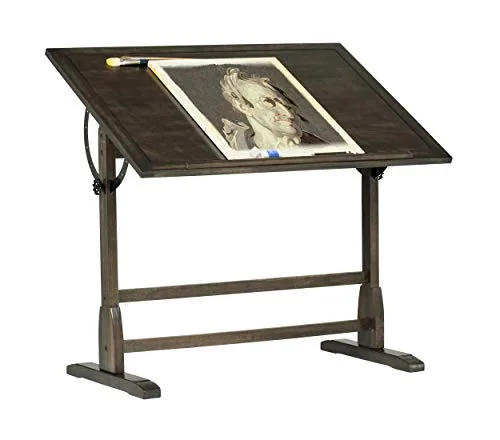
In our step-by-step guide, we will help you identify the quality of wood furniture with artistic designs. This guide aims to assist you in making informed decisions when purchasing such furniture by providing you with practical tips and techniques.
Stunning Wood Furniture Collection: Bestsellers
Research and Familiarize
To learn about different types of wood used in furniture making and their characteristics, start by researching online or visiting local furniture stores. Look for resources that provide detailed information on the types of wood commonly used, such as oak, pine, mahogany, and walnut. Understand their unique properties, such as durability, grain pattern, and color variations.
To familiarize yourself with various artistic designs commonly found in wood furniture, explore books, magazines, or websites dedicated to furniture design and interior decor. Pay attention to styles like traditional, modern, rustic, and Scandinavian, and study their distinguishing features. Take note of elements like decorative carvings, inlay work, and different types of joinery techniques used in furniture construction.
Inspect the Wood
To examine the wood furniture closely, first, inspect the surface for any smooth finishes. Run your hand along the furniture to feel for any rough or uneven areas. Next, check for the absence of cracks or knots. Look carefully at the joints and corners, as these are common areas for imperfections. Finally, ensure that the wood has consistent color throughout. Compare different parts of the furniture to make sure there are no noticeable variations. For example, if you notice a section that is significantly lighter or darker than the rest, it may indicate a lower quality finish.
Check Joints and Construction
Inspect how the different parts of the furniture are joined together. Examine the joints closely to ensure they are sturdy and well-constructed. Look for methods like dovetail or mortise-and-tenon joints, which are known for their durability and strength. These types of joints are often indicators of high-quality craftsmanship and will contribute to the longevity of the furniture.
Examine the Finish
To assess the quality of the finish applied to the wood furniture, first, visually inspect the surface. Look for an even application of the finish, ensuring that it is spread out uniformly. Check for any drips or bubbles, as these indicate a poor application. Lastly, run your hand over the surface to feel for a smooth touch. Any roughness or unevenness suggests a subpar finish.
Assess Weight and Stability
To assess the weight and stability of furniture, lift it and gently shake it. Quality wood furniture should feel heavy and sturdy without any wobbling or creaking. This will help ensure that the furniture is well-constructed and will last a long time.
Consider Artistic Details
Evaluate the artistic elements of the design to ensure that it aligns with your personal taste and complements your existing decor. Take a closer look at intricate carvings or inlays, paying attention to their craftsmanship and attention to detail. Consider the overall aesthetic appeal and how it will enhance the visual appeal of your space. If you are unsure about the artistic details, seek the advice of a professional or do some research to gain a better understanding of the design elements you are considering.
Check for Proper Functionality
To test the functionality of movable parts like drawers or doors, follow these steps:
- Open the drawer or door fully and then close it gently. Observe if it moves smoothly without any resistance or sticking.
- Repeat the process of opening and closing a few times to ensure consistent results.
- Pay close attention to any signs of jamming or difficulty in movement. If it does not open or close smoothly, it may require adjustment or repair.
- If you encounter any issues, consult the user manual or contact the manufacturer for further assistance.
Remember, smooth operation of movable parts is essential for convenience and functionality, so it’s important to ensure they are in proper working condition.
Verify Authenticity and Origin
To verify the authenticity and origin of antique or vintage wood furniture, start by conducting thorough research. Look for identifying marks or certifications on the furniture, such as manufacturer stamps or labels, to ensure that you are purchasing a genuine piece. This will help you make an informed decision and ensure the value and authenticity of your purchase.
Consider Price and Value
To determine if the price aligns with the quality and artistic value of wood furniture, compare prices across different sellers and assess the overall value for your investment. Look for similar pieces of furniture and compare their prices, taking note of any differences in craftsmanship, materials used, or design details. For example, if you come across a dining table made of solid wood with intricate carving details and a higher price tag, compare it to a similar table made of particle board with minimal design elements and a lower price. By doing so, you can make an informed decision and ensure that you are getting the best value for your money.
Seek Expert Opinions
To seek expert opinions on identifying quality wood furniture with artistic designs, consult furniture experts or professionals. They can provide valuable insights and advice based on their expertise.
Understanding Wood Furniture Quality
In conclusion, identifying the quality of wood furniture with artistic designs requires a thorough and thoughtful approach. Through research, inspection, and consideration of various factors such as craftsmanship, materials, and construction techniques, we can ensure that we are investing in furniture that not only looks beautiful but also stands the test of time. By taking the time to educate ourselves and make informed decisions, we can confidently choose pieces that will enhance our space and bring joy for years to come. So, let’s dive into the world of wooden furniture with artistic designs and let our research and careful consideration guide us towards the perfect pieces for our homes. Happy furniture hunting!
Essential Supplies
Pro Tips for Evaluating Wood Furniture
Tips for showcasing and enjoying your unique wood furniture creations
- Placement: Choose a suitable location in your home or office that complements the style and size of the piece. Consider factors such as lighting, wall color, and the overall theme of the room
- Maintenance: Regularly dust your wood furniture with a soft cloth or a feather duster. Avoid using abrasive or chemical-based cleaners, as they can damage the surface. Instead, use a mild wood cleaner and polish occasionally to maintain its shine
- Protection: Place coasters or mats under hot or cold items, such as cups or plates, to protect the wood from moisture and heat damage. Additionally, using felt pads under the legs of the furniture can prevent scratches on the floor
- Avoid direct sunlight: Prolonged exposure to direct sunlight can cause the wood to fade or discolor. Consider using curtains or blinds to shield your furniture from harsh sunlight, or rearrange the placement periodically to minimize the impact
- Appreciate the details: Take the time to admire the intricate artistic designs that make your wood furniture unique. Notice the craftsmanship, the choice of materials, and the attention to detail. Appreciating these aspects will enhance your enjoyment of the piece
- We hope these tips help you in using your wood furniture with artistic designs. Enjoy your new addition to your space!
Frequently Asked Questions about Wood Furniture with Artistic Designs
Are there any limitations or challenges when it comes to creating artistic designs on wood furniture?
Certainly! When it comes to creating artistic designs on wood furniture, there are a few limitations and challenges to consider. Here are some of the most common ones:
- Surface Texture: The texture of the wood can affect the level of detail that can be achieved in the design. Rough or uneven surfaces may make it difficult to create intricate patterns or fine lines.
- Wood Grain: The natural grain patterns of wood can add character to a design, but they can also pose challenges. The direction and density of the grain may impact the application of certain techniques, such as carving or wood burning.
- Material Constraints: Wood is a natural material that can have limitations in terms of size, shape, and strength. Designing intricate or delicate structures may require additional support or reinforcement to ensure stability.
- Tool Selection: Choosing the right tools for wood carving, engraving, or painting is crucial. Different techniques may require specific tools and equipment, and mastery of these tools can take time and practice.
- Finishing and Protection: Once the artistic design is complete, applying a protective finish can be a challenge. Ensuring that the design is properly sealed, protected from wear and tear, and maintaining its visual appeal can be a delicate process.

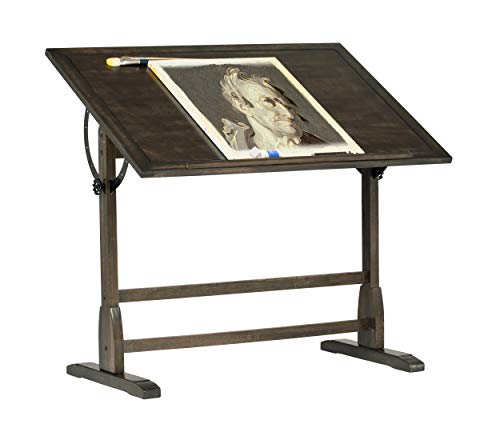
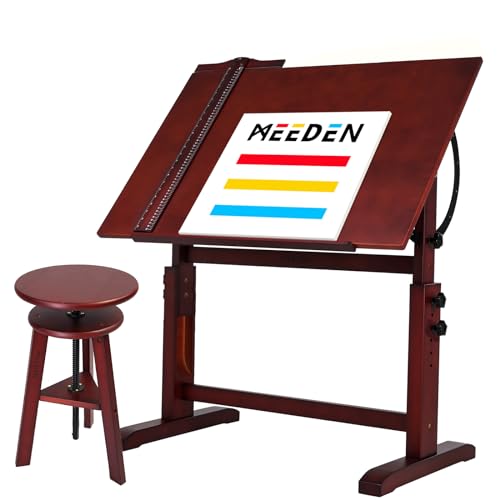
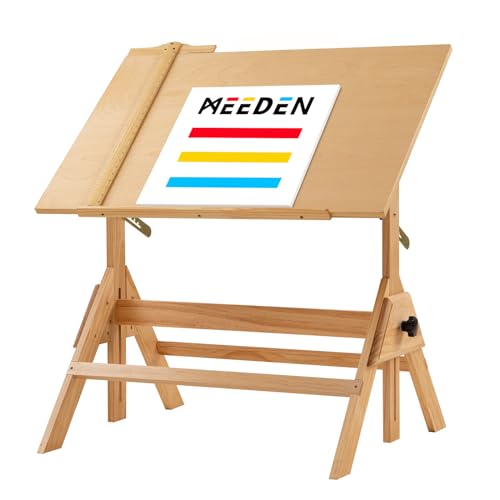

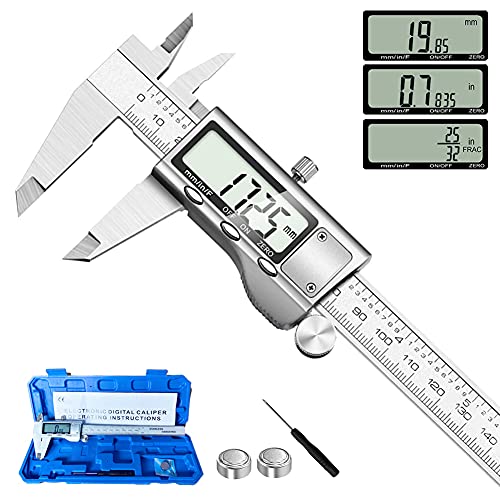

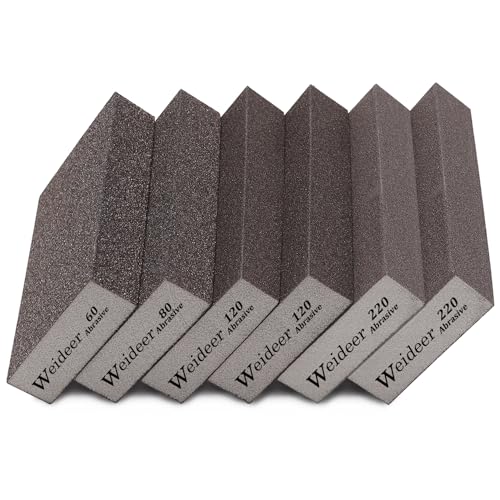
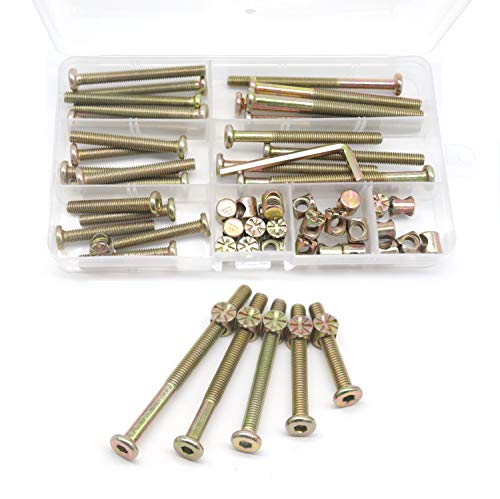
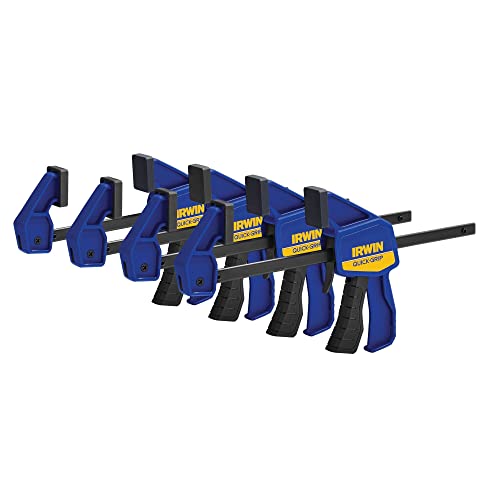





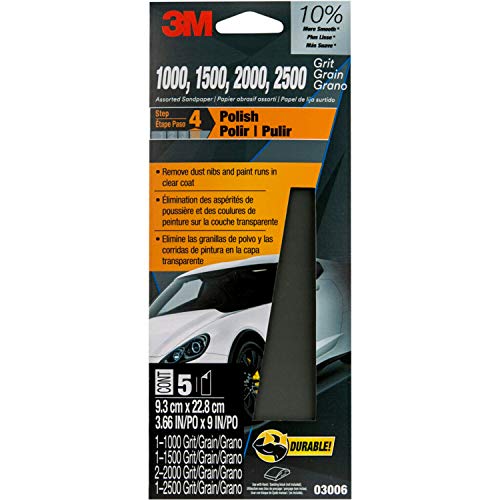
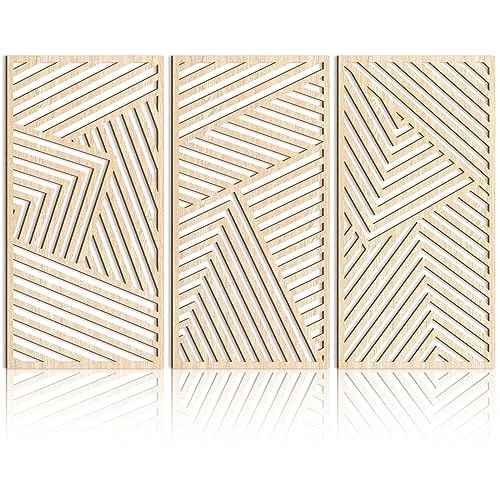


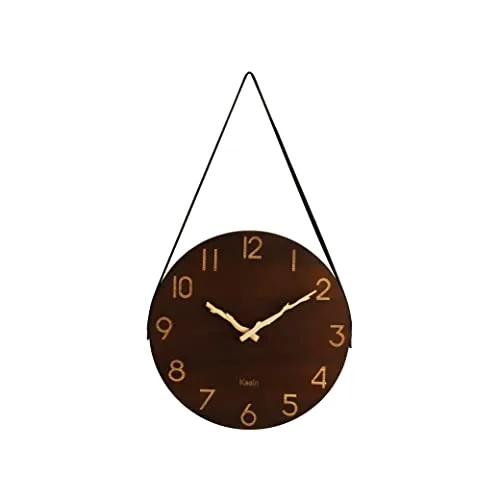

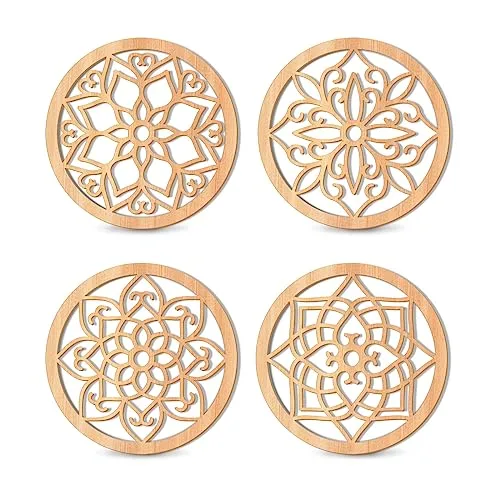
The section on examining the finish and surface texture was informative. It’s definitely something I’ll keep in mind when buying furniture.
I was hoping for more information on how to identify the quality of artistic designs specifically. Maybe you could expand on that in a future article?
I appreciate the emphasis on the importance of solid wood vs. veneer. This will help me make better choices when purchasing furniture in the future.
One suggestion I have is to include some examples of different wood types and their characteristics. It would be helpful for beginners like me.
I liked the checklist you provided for evaluating wood furniture. It’s a handy reference to have while shopping.
Overall, a well-written and informative article. I’ll definitely refer back to it the next time I’m shopping for wood furniture.
I would have liked to see some tips on how to maintain and care for wood furniture once you’ve bought it. Maybe you could cover that in another article?
Great article! I found the tips on identifying quality wood furniture very helpful.
I never knew about the importance of checking the joints and corners, thanks for sharing that tip.
The article could benefit from some visuals or diagrams to better illustrate the points being made.